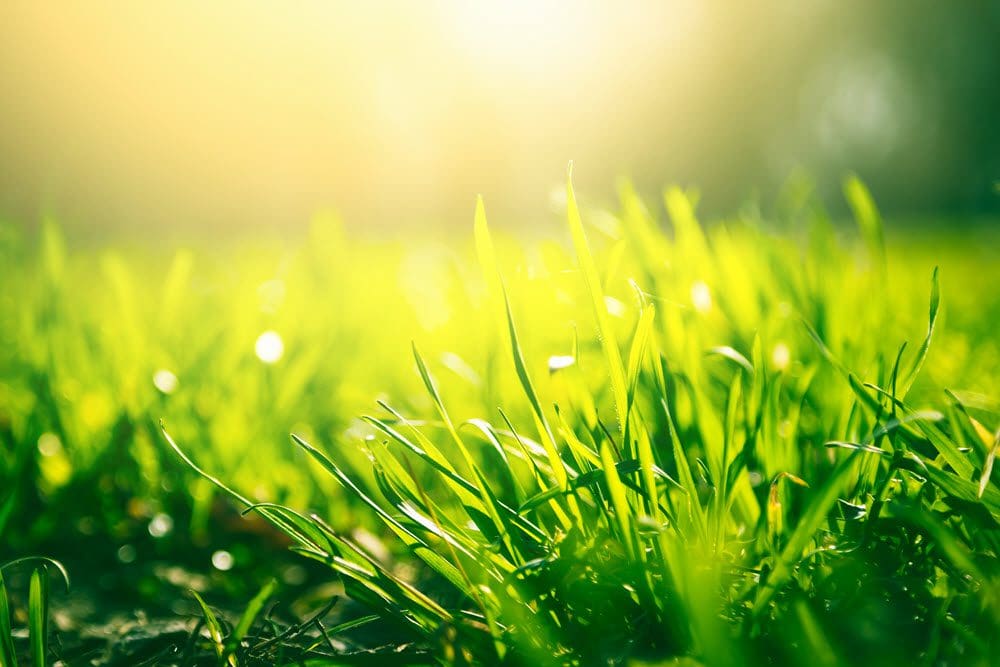Having a beautiful, healthy lawn can dramatically improve the aesthetics of your home or business. Maintaining that lush green color takes a combination of dedication and knowledge. However, maintaining a healthy lawn can also be a challenging task, especially if you don’t know what to do. In this blog, we’ll explore some tips to help you keep your lawn green and healthy all year round.
Water your lawn appropriately.
Watering your lawn is crucial to keep it green, but overwatering can be just as harmful as underwatering. Water your lawn deeply and infrequently, rather than giving it frequent shallow watering. This encourages deep root growth, which makes your lawn more resilient and drought-resistant. Aim to water your lawn for about 1-1.5 inches per week, and water in the morning or evening to reduce evaporation.
Use the right type of grass.
Different types of grass thrive in different conditions. Consider your climate, soil type, and level of sun exposure when choosing the right type of grass for your lawn. Some popular cool-season grasses include Kentucky bluegrass, fescue, and ryegrass, while warm-season grasses include Bermuda grass, zoysia, and St. Augustine. Choose the type of grass that is best suited to your area to ensure optimal growth and maintenance.
Fertilize your lawn regularly.
Fertilization is essential to keep your lawn green and healthy. Fertilizer provides the necessary nutrients your grass needs to grow strong and healthy. However, too much fertilizer can burn your grass and harm the environment, so make sure to follow the instructions on the package carefully or hire a professional to provide the service. A general rule of thumb is to fertilize your lawn once in the spring and once in the fall and use a slow-release fertilizer for the best results.
Mow your lawn to the right height.
Mowing your lawn regularly is essential to keep it looking neat and tidy, but the height at which you mow your lawn can affect its health. Aim to mow your lawn at a height of 2-3 inches, as this height provides the perfect balance between leaf surface area and root growth. Avoid cutting your grass too short, as this can stress the grass and make it more susceptible to disease and weed growth.
Aerate your lawn.
Over time, your lawn’s soil can become compacted, making it difficult for air, water, and nutrients to reach the roots of your grass. Aeration involves removing small plugs of soil from your lawn, which allows for better air and water circulation. Aeration is especially important if your lawn sees a lot of foot traffic or if it has heavy clay soil. Aim to aerate your lawn once a year, preferably in the fall or spring.
Control weeds and pests.
Weeds and pests can quickly take over your lawn if left unchecked, and they can harm the health of your grass. Regular weeding and pest control can help keep your lawn healthy and green. Use organic methods whenever possible to avoid harming beneficial insects and the environment. If you’re not sure how to handle a weed or pest problem, consider consulting a professional for advice.
Maintaining a green and healthy lawn requires some effort, but it’s well worth it in the end. By following these tips, you can keep your lawn looking beautiful and vibrant all year round.
Maintaining a green and healthy lawn requires some effort, but it’s well worth it in the end. By following these tips, you can keep your lawn looking beautiful and vibrant all year round.



